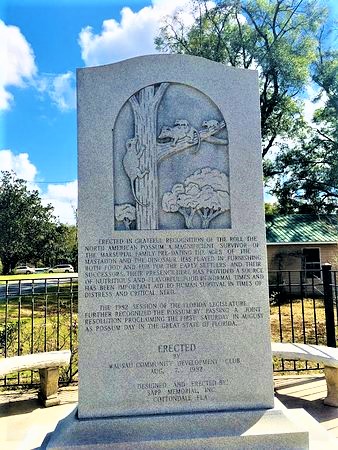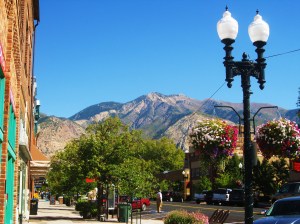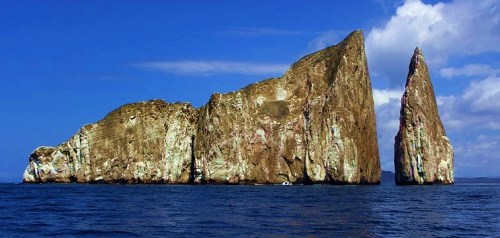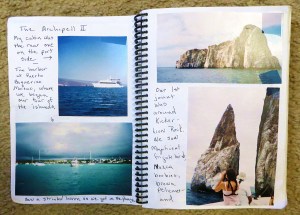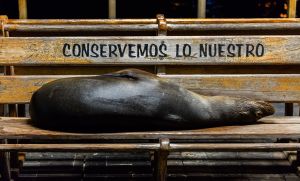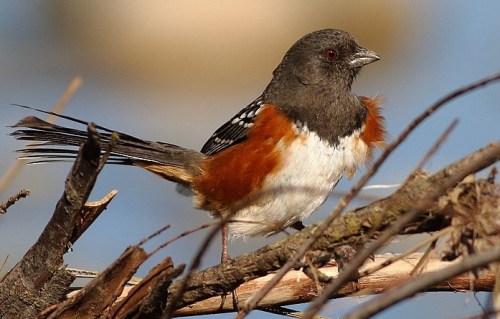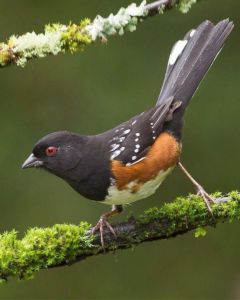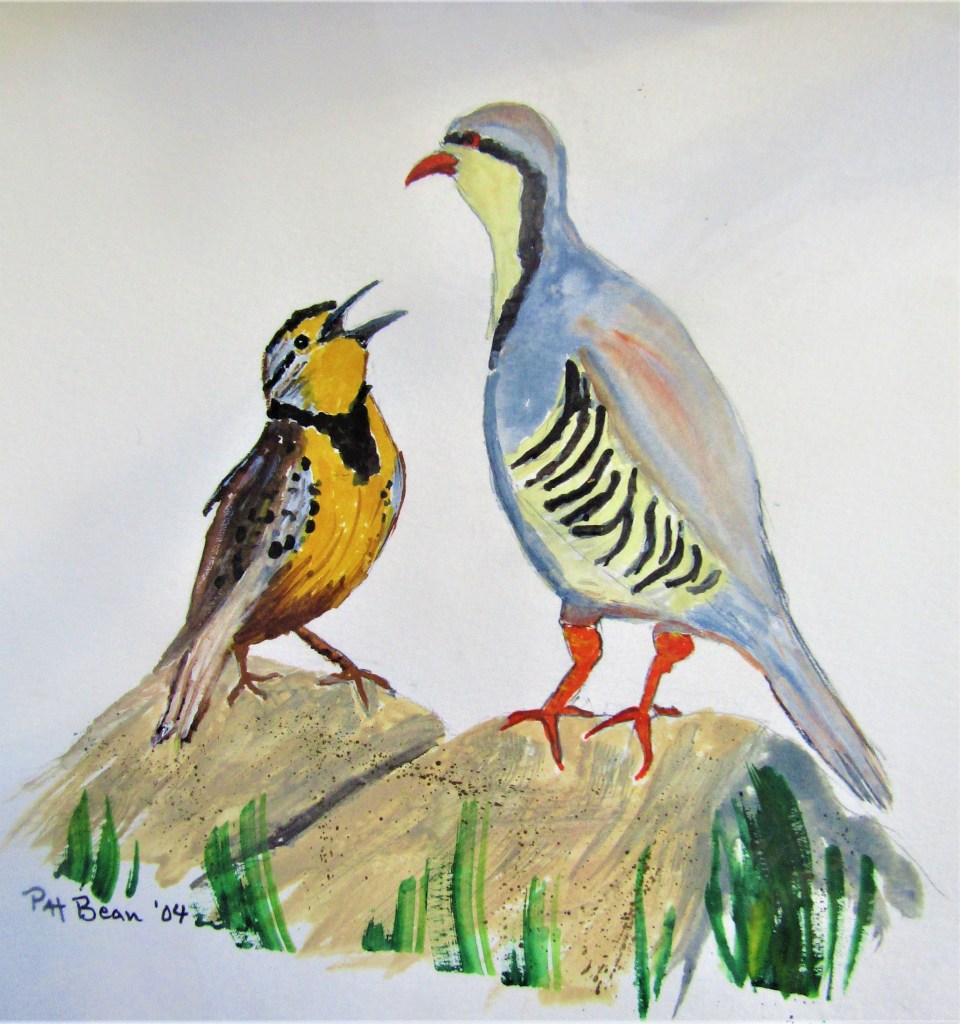
My mornings start with my to-do list, which is a carry over from the day before, and the day before that, and the days before those. Eventually a dreaded chore finally gets done because I’m tired of looking at it.
The daily list actually is two lists in one. The tasks I need to do, or simply want to do (like watch a bird cam located in Panama), and the list of the books I’m reading, or want to read.
As an old broad, my body appreciates many breaks during the day, and the reading list gives me something to fall back on besides computer games – which according to my self-imposed rule must not be played before 4 p.m. This rule, because I love playing games is often broken. So as a reminder I have a note taped to my refrigerator that says “You could be reading.”
Besides the daily list, I keep lists of books I’ve read, places I’ve been, the proverbial bucket list, menu lists and an idea list, from which I always can find a topic to write about.
But one of my favorite lists is the one I begin on April 1, 1999 – the day I joined the world of avid (translate crazy) bird watchers.
I keep a list of every bird I’ve seen, noting the place and the date. But thankfully, I’m not like the birder who once passed me on a favorite birding trail. I was dawdling along, watching red-winged blackbirds flash their scarlet marked wings while listening to a couple of breeding male meadowlarks trying to out sing each other.
Barely slowing his pace, a middle-aged hiker came upon me and asked if I had seen a chukar. I replied that I often saw this partridge-like bird in the rocks near a bend up ahead. About 10 minutes later, the man ran past me going the other way.
“Got it … that’s 713 birds for me now.” His voice was like the rumble of a passing freight train.
How sad, I thought, that he didn’t take a minute to admire the flashy scarlet markings on the blackbirds or to enjoy the melodic voices of the two meadowlarks.
Numbers and names on a list are only that. It’s being present in the moment – seeing the golden yellow on a meadowlark’s throat as it tilts its head toward the sky in song, or the magic of a sunrise slowly coloring the sides of a canyon – that make my heart beat faster. And I’m thankful I enjoy such wonders whether I’m seeing them for the first or the hundredth time.
Seeing birds is always delightful – but then so is getting my oven cleaned after seeing the chore on my to-do list for three weeks running.
I’m glad I’m a list-maker.
Pat Bean is a retired award-winning journalist who lives in Tucson with her canine companion, Scamp. She is a wondering-wanderer, avid reader, enthusiastic birder, Lonely Planet Community Pathfinder, Story Circle Network board member, author of Travels with Maggie available on Amazon (Free on Kindle Unlimited), and is always searching for life’s silver lining.
